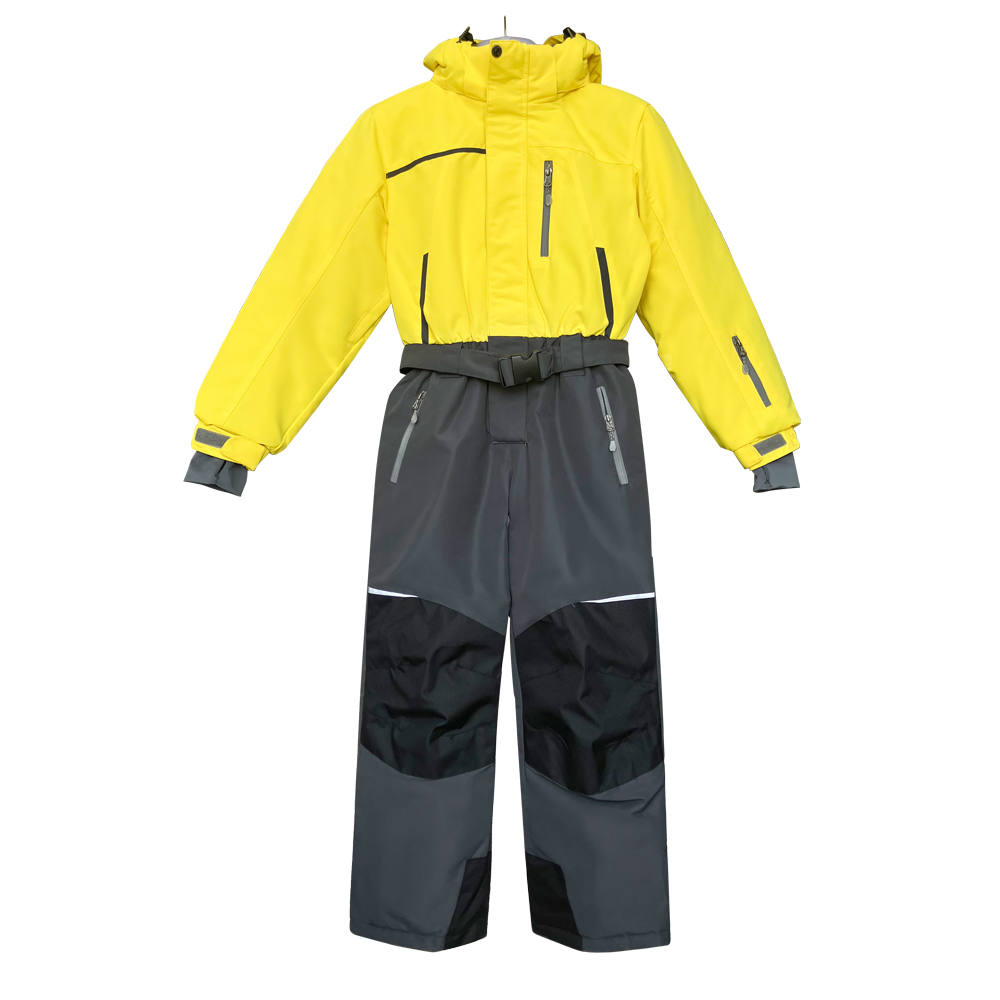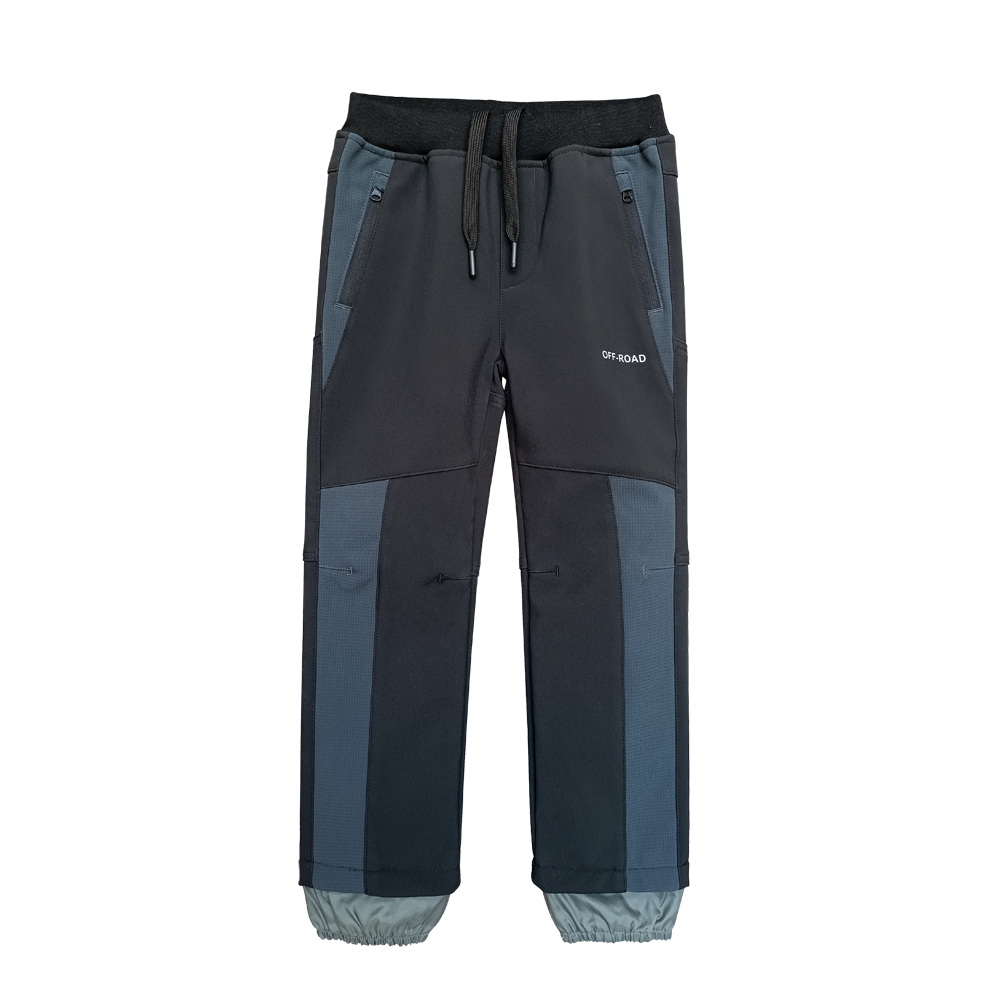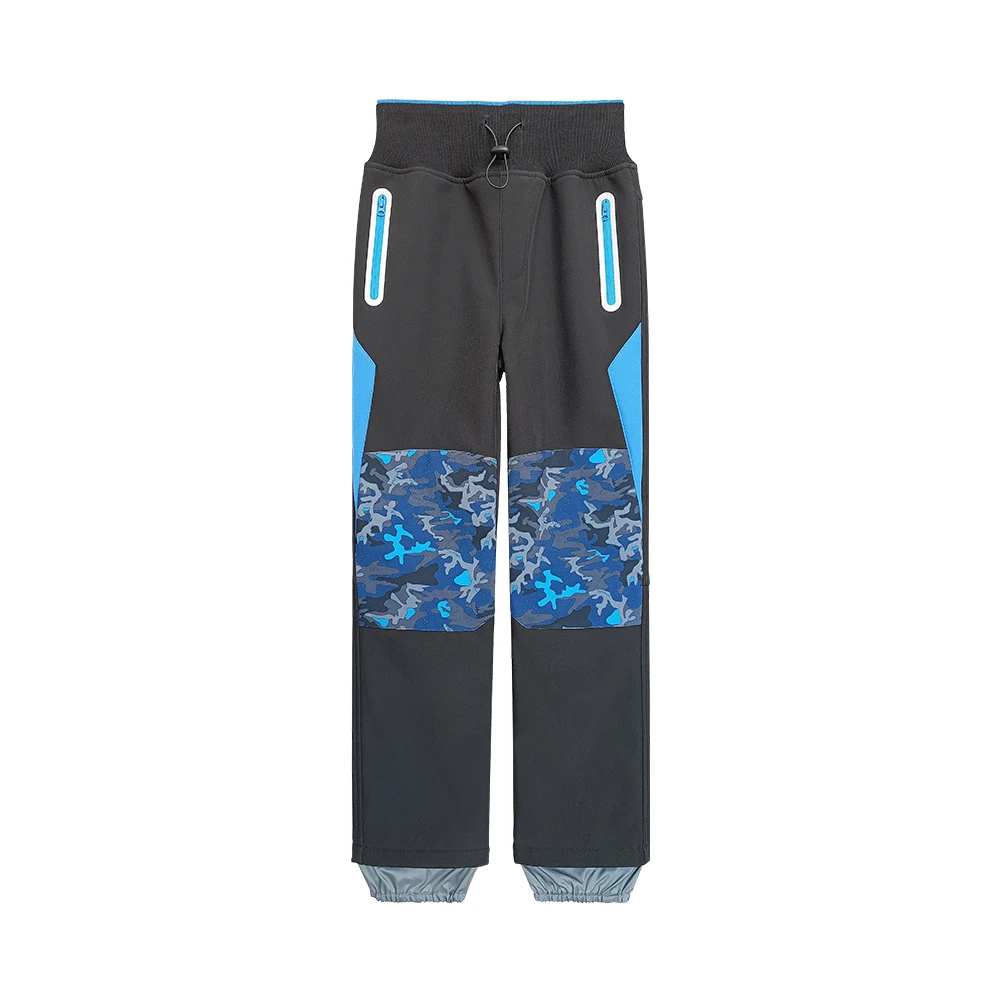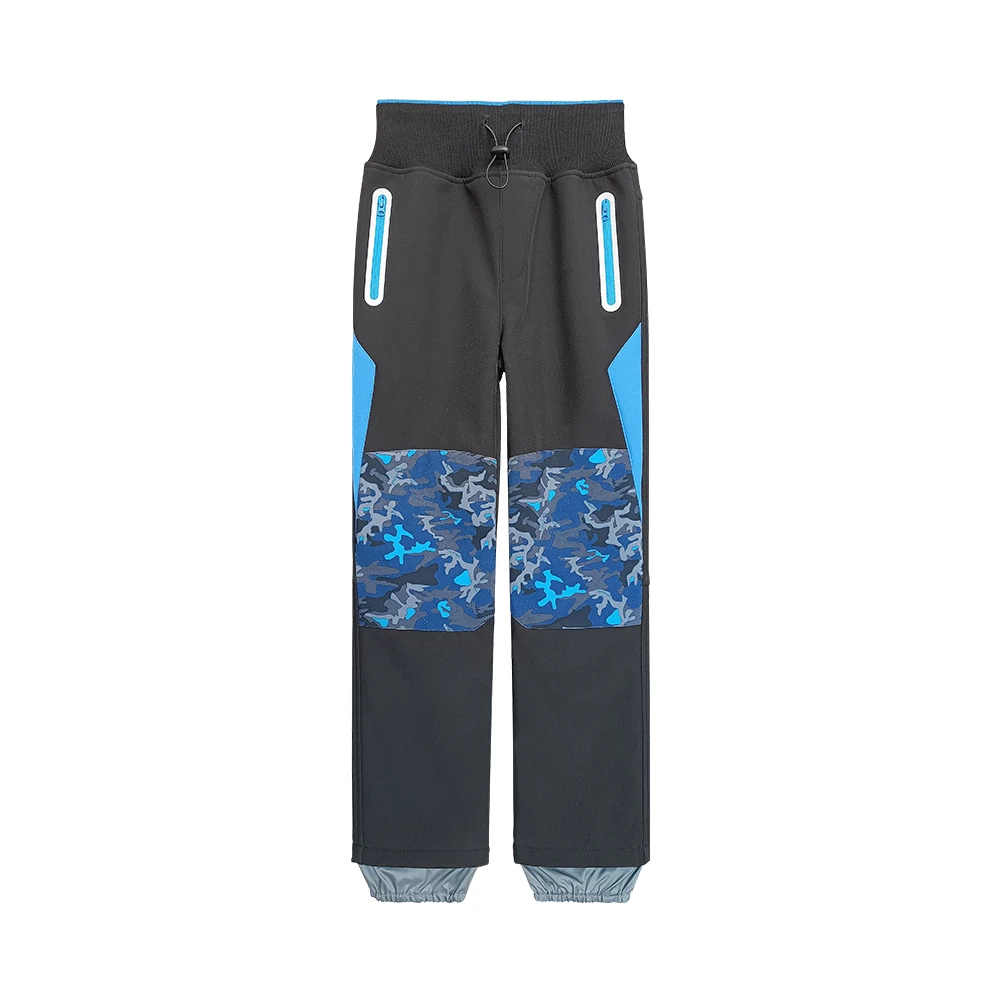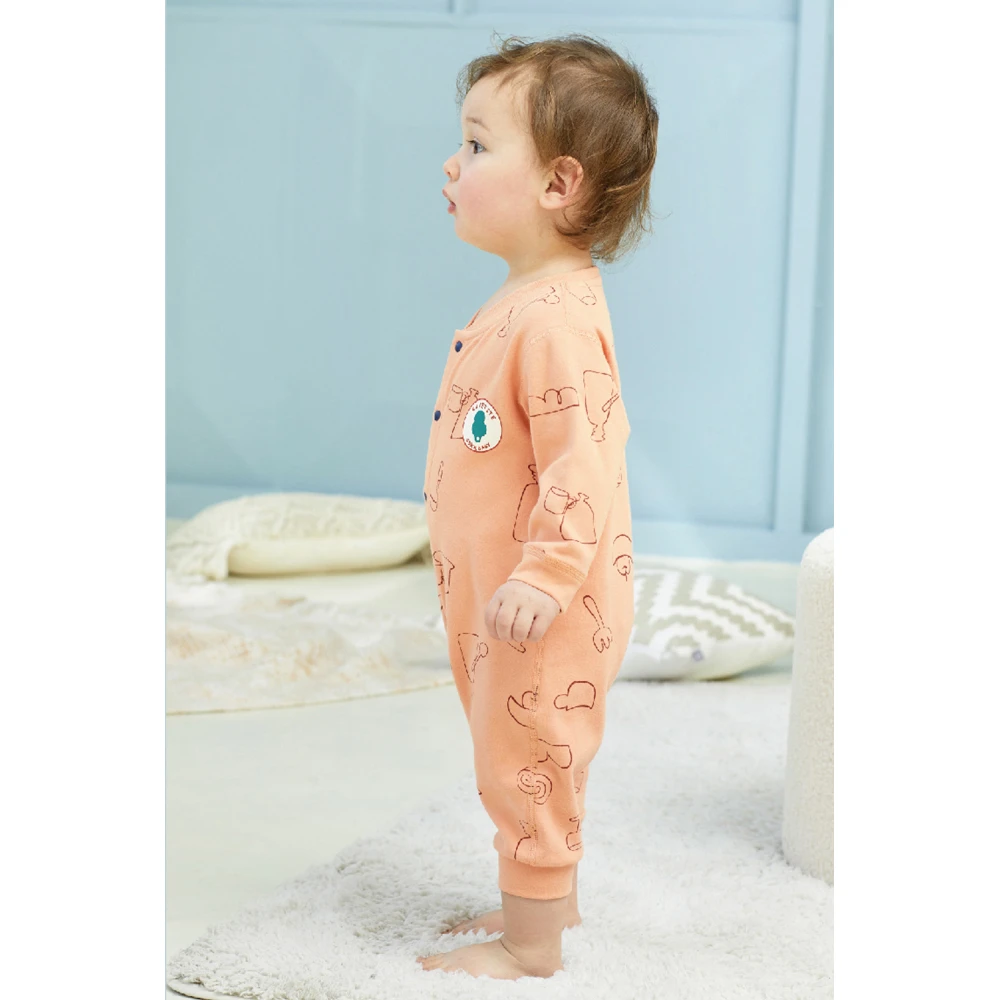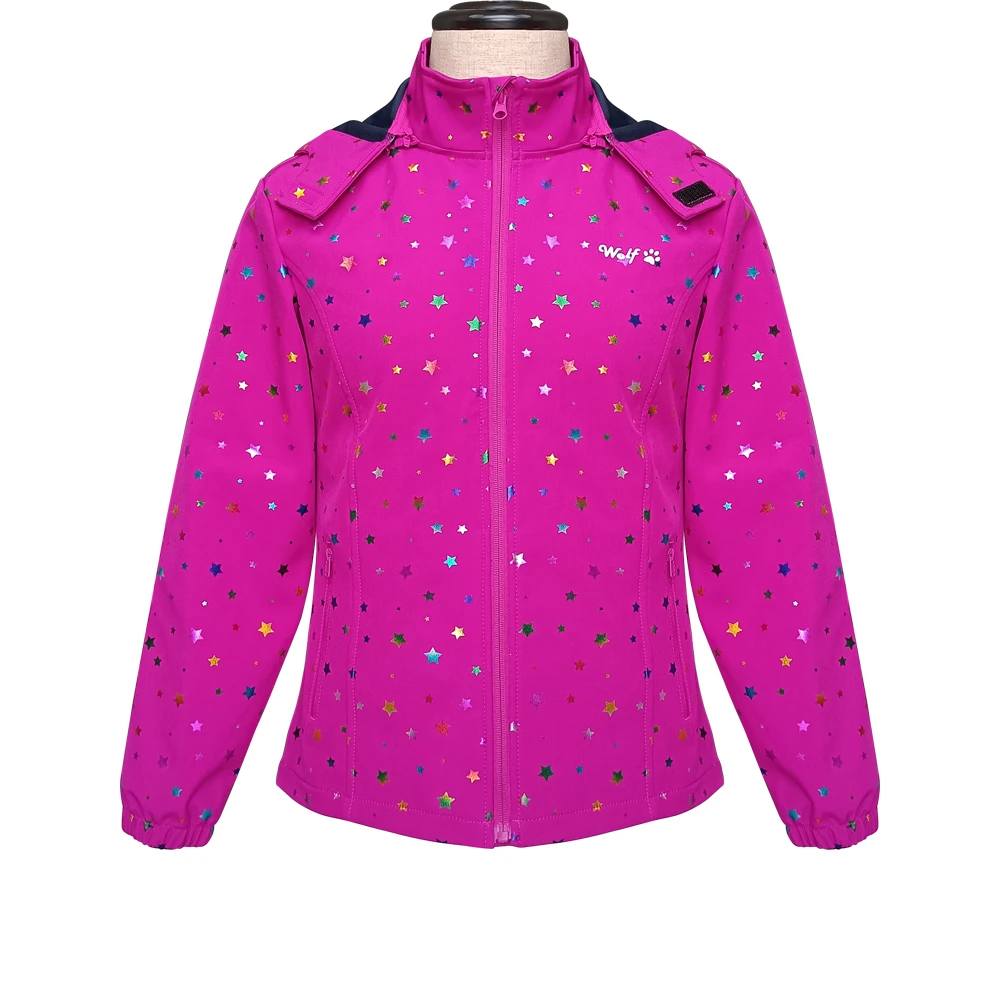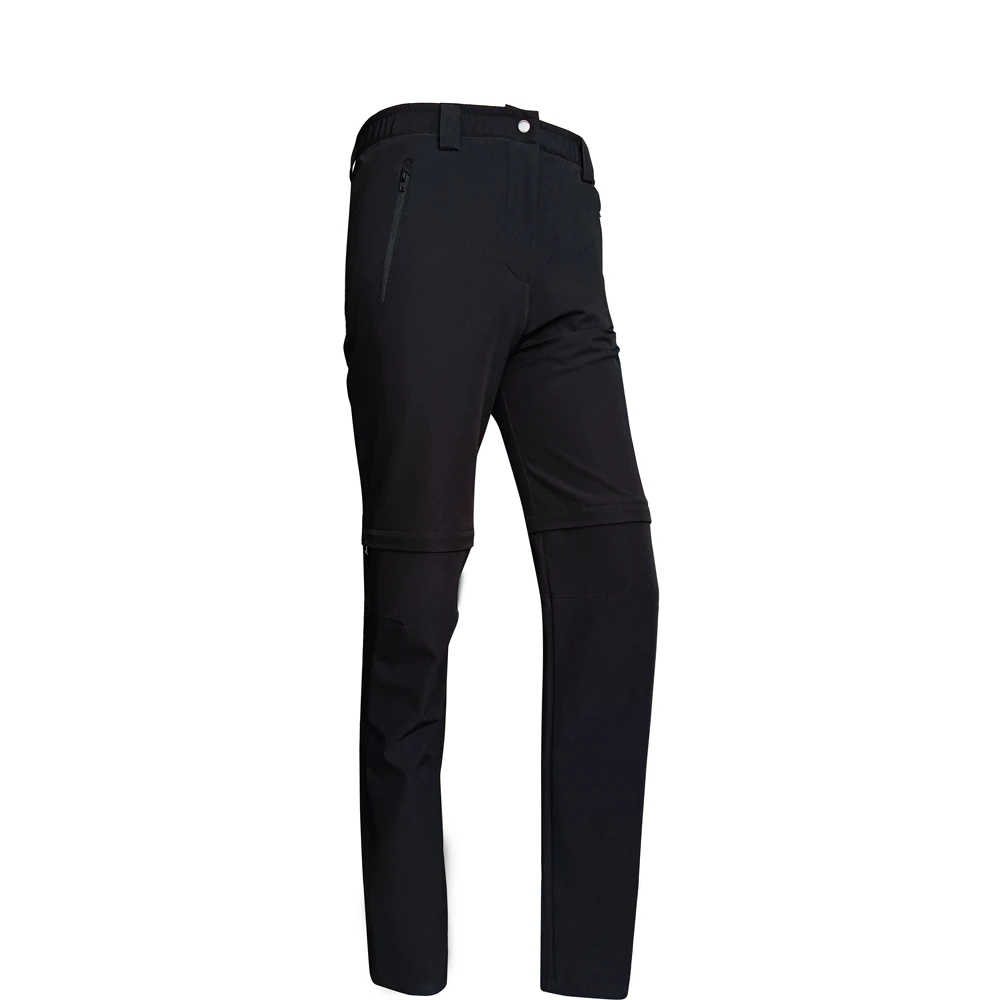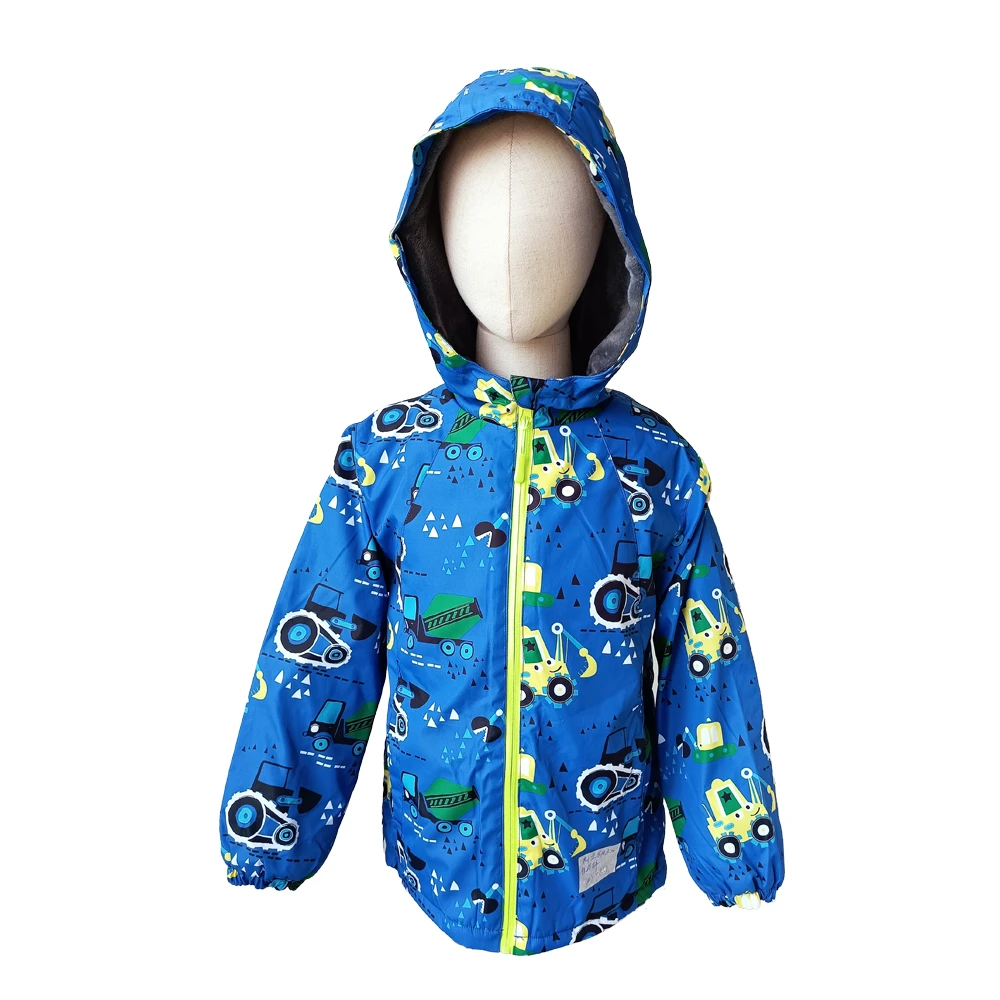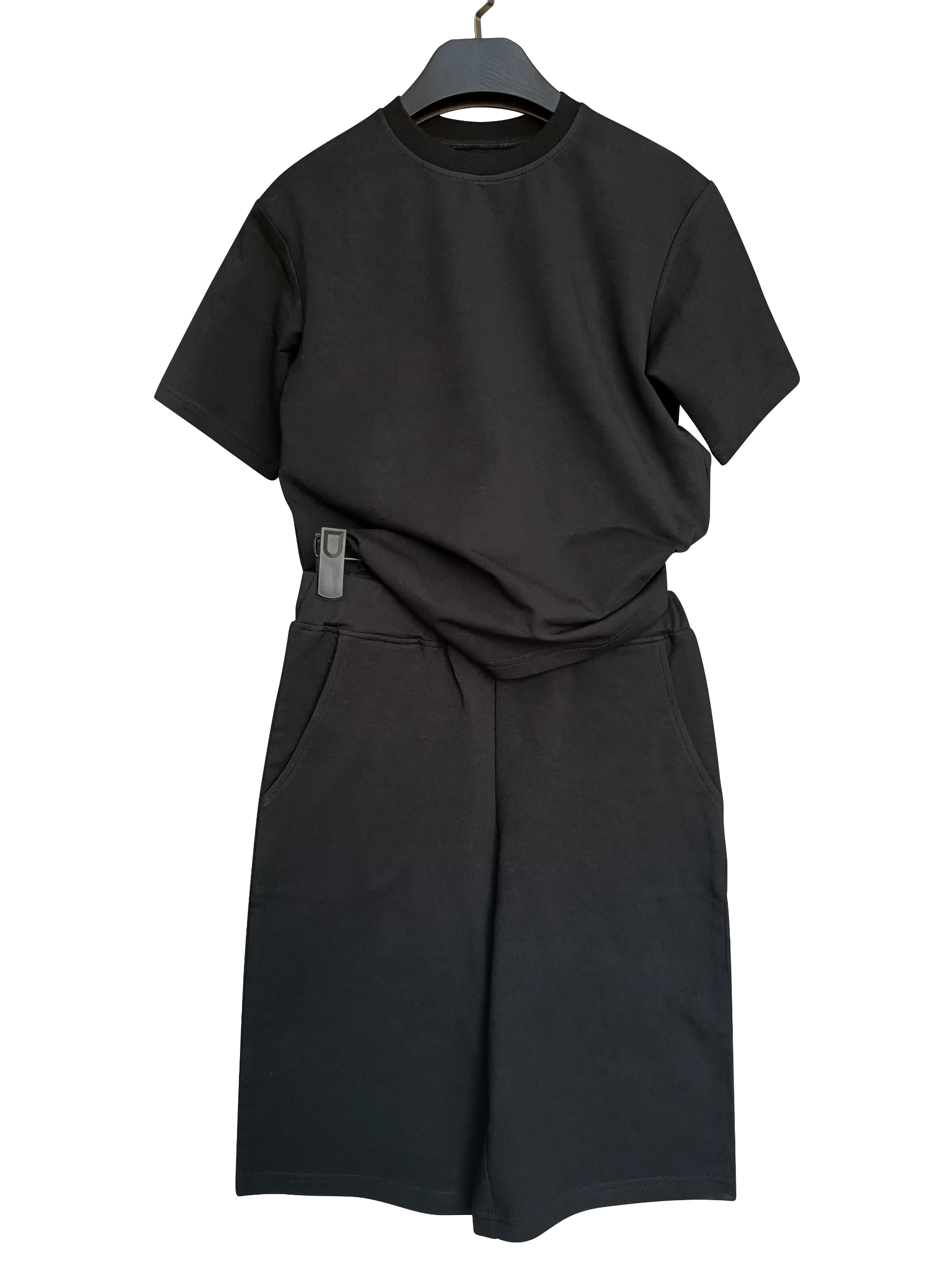The Intersection of Sportswear and Fashion A New Era of Style
In recent years, the dynamic realm of sportswear has transcended its traditional boundaries, emerging as a formidable force in the fashion industry. This evolution marks a significant shift in how we perceive and wear clothing, blending functionality with high style. The amalgamation of sportswear and fashion creates a harmonious relationship that caters to the modern consumer's desire for comfort, performance, and aesthetics.
The Rise of Athleisure
The rise of athleisure—a trend that combines athletic and leisure wear—has been a pivotal development in this sector. Athleisure transcends the confines of the gym, allowing individuals to seamlessly transition from workouts to social gatherings without sacrificing style. This trend is characterized by versatile pieces such as high-waisted leggings, stylish sports bras, and oversized hoodies, which can be worn in various contexts, whether at the office, on a coffee date, or during casual outings.
This fusion of sportswear and everyday fashion has been embraced by both consumers and high-end designers. Brands like Lululemon, Nike, and Adidas have led the charge, offering collections that are not only performance-oriented but also visually appealing. Meanwhile, high-fashion designers like Balenciaga, Gucci, and Off-White have incorporated athletic aesthetics into their collections, showcasing the growing acceptance of sportswear in high-fashion circles. This crossover is symbolic of a broader cultural shift towards comfort and practicality in clothing choices.
The Role of Influencers and Social Media
Social media has played a crucial role in the evolution of sportswear into mainstream fashion. Platforms like Instagram and TikTok have given rise to influencers who showcase their unique styles, often blending athletic gear with everyday outfits. These influencers have a profound impact on consumer behavior, creating a demand for stylish yet functional clothing. The visibility of sportswear on these platforms encourages brands to innovate and create products that cater to the aesthetic preferences of their audiences.
Moreover, fitness and wellness culture have heavily influenced this trend. As individuals become more health-conscious and engaged in active lifestyles, the desire for fashionable yet functional clothing has grown. The desire to look good while working out or running errands has led to an increased investment in stylish sportswear.
sportswear fashion
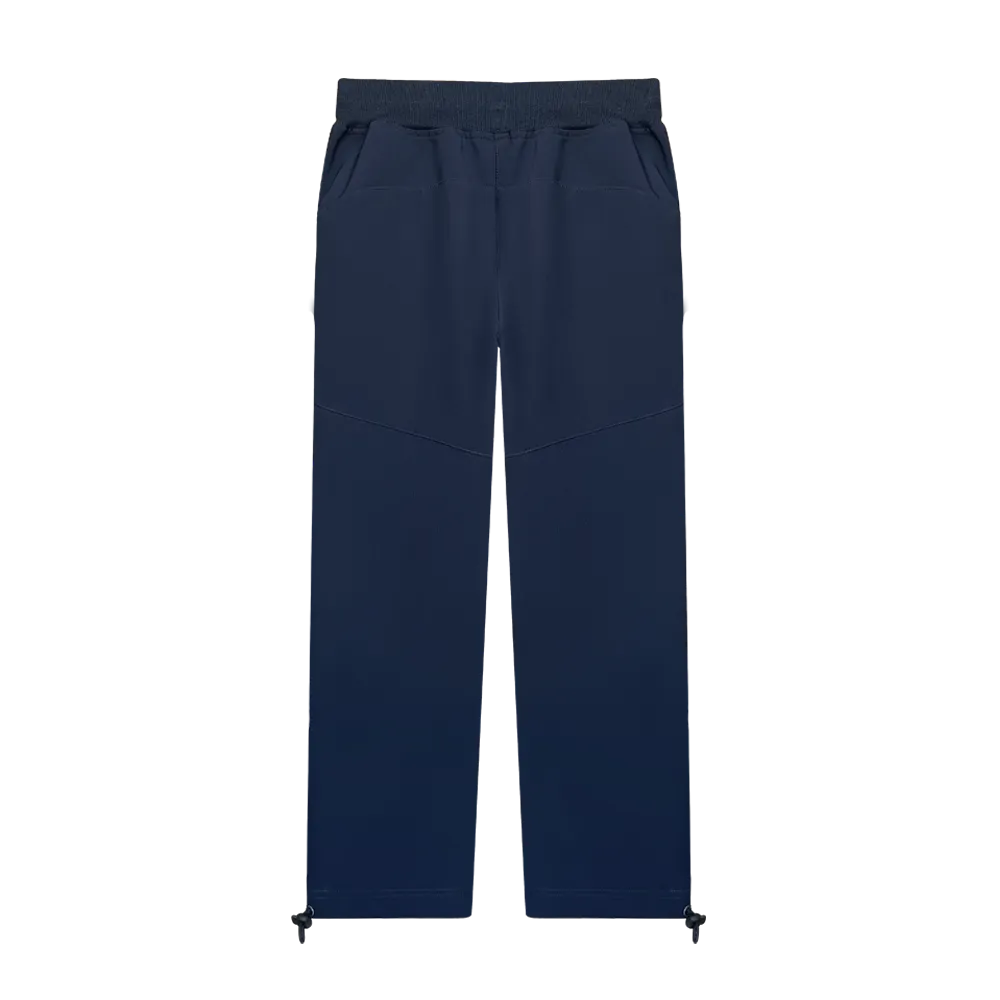
Sustainability and Ethical Fashion
As consumers become more aware of sustainability issues, the sportswear industry is also adapting to these concerns. Many brands are now focusing on ethical production practices and sustainable materials. For instance, companies like Patagonia and Adidas are pioneering the use of recycled materials in their athletic wear, demonstrating that style does not have to come at the expense of the planet. This commitment to sustainability resonates with environmentally conscious consumers, further entrenching sportswear's role in modern fashion.
Moreover, the push for inclusivity in sizing and styles has reshaped the sportswear landscape. Consumers are no longer confined to a narrow set of options; brands are now offering ranges that cater to all body types and sizes. This inclusivity not only reflects changing societal attitudes towards body image but also broadens the appeal of sportswear as a fashionable and accessible choice for everyone.
The Future of Sportswear Fashion
Looking ahead, the future of sportswear fashion seems promising. As technology continues to evolve, we can expect to see advancements in fabric technology, including moisture-wicking materials and intelligent textiles that adapt to the wearer's environment. These innovations will enhance the functionality of sportswear while maintaining its style, allowing consumers to perform at their best without compromising on aesthetics.
Furthermore, the blurring of lines between traditional fashion and sportswear will likely invite even more collaborative ventures between athletic brands and high-fashion labels. Such collaborations, like those between Nike and Off-White or Adidas and Yeezy, have already proven successful, attracting diverse audiences and creating buzz within the fashion community.
Conclusion
In conclusion, the convergence of sportswear and fashion signifies a shift in consumer preferences towards comfort, versatility, and sustainability. As athleisure continues to dominate the market, influenced by social media and innovative design, it becomes clear that sportswear is not just a passing trend but a pivotal part of the modern wardrobe. As we move forward, the journey of sportswear in the fashion industry is one to watch, as it embraces style, sustainability, and a new definition of luxury that prioritizes both form and function.


